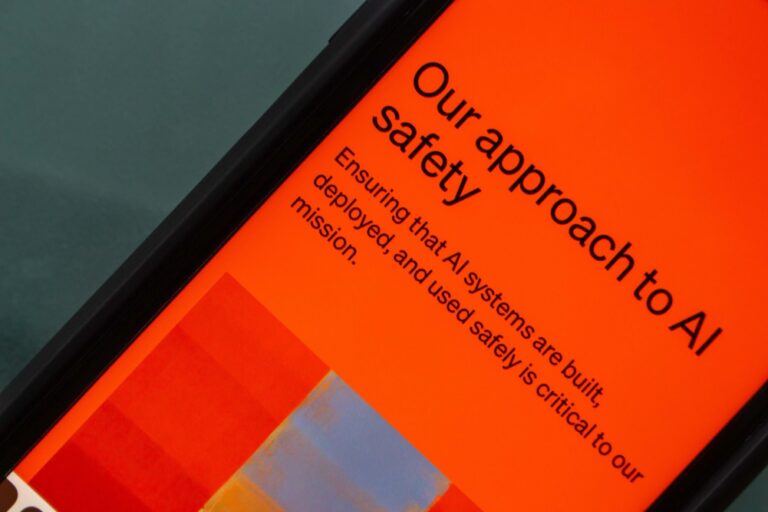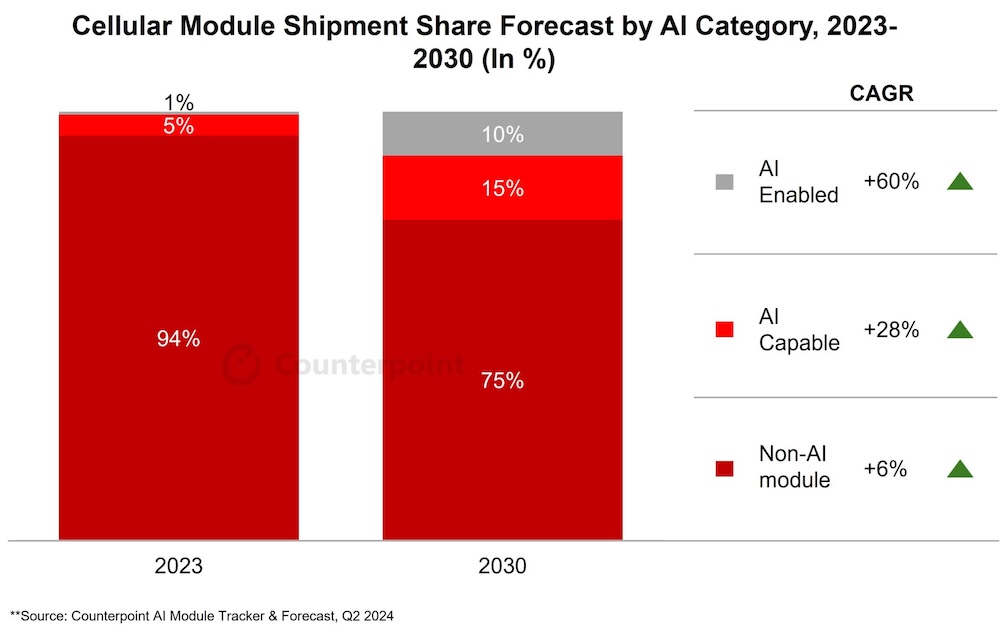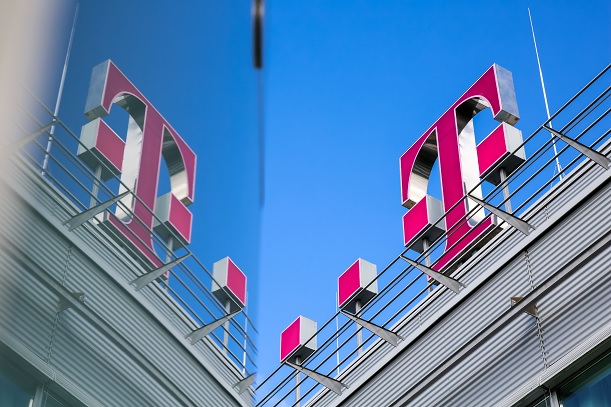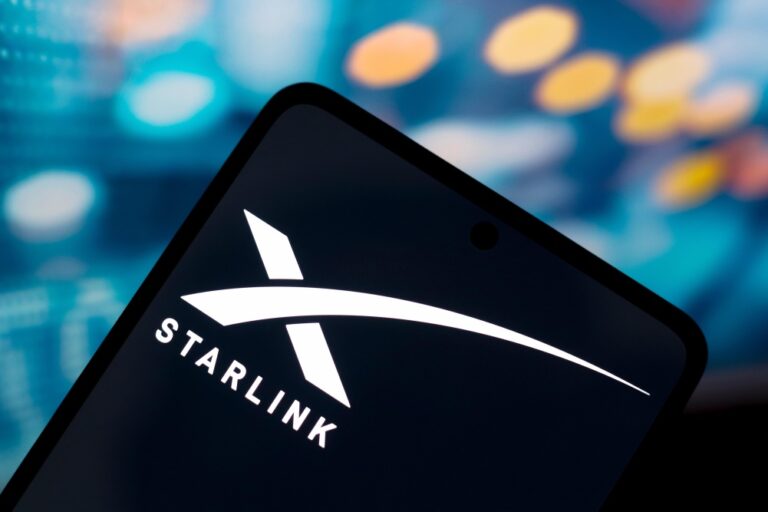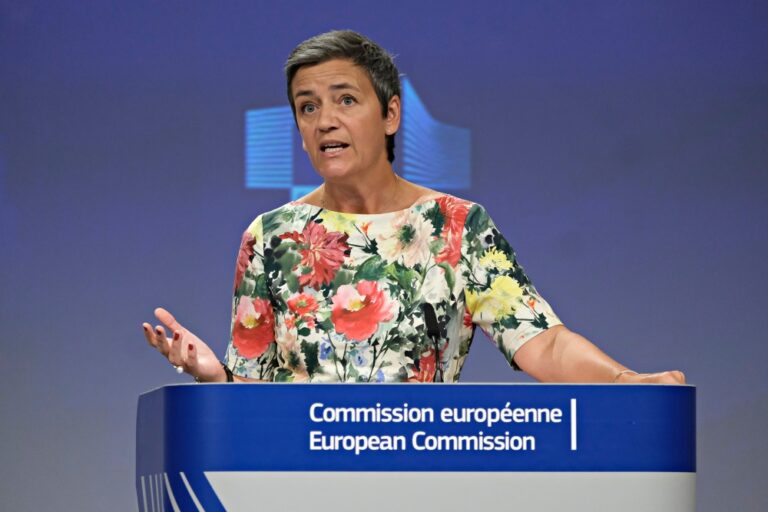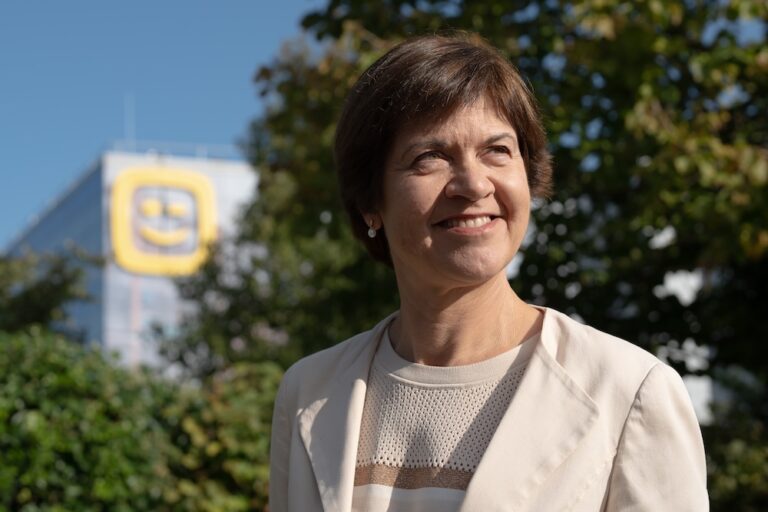Her abrupt decision to leave is played down by CEO Sam Altman; others see the ‘brain drain’ as serious and query OpenAI’s suggested valuation of $150bn
It’s only 10 months since the last crisis engulfed OpenAI, which saw its CEO, Sam Altman, fired then reinstated and the whole episode investigated after a massive backlash. Now the company responsible for ChatGPT and the huge wave of interest in GenerativeAI (GenAI) that began in late 2022 is in turmoil again.
Mira Murati, OpenAI’s long-serving CTO quit abruptly on Wednesday and President Greg Brockman is on leave. OpenAI’s VP of Research, Barret Zoph, and Chief Research Officer, Bob McGrew, have also announced they will be leaving the company.
For-profit seems to have won
According to Reuters, which broke the story, it seems that the organisation will restructure of its core business to become a for-profit corporation, no longer under the control of its non-profit board and with Altman holding a slice of equity. There are suggestions that the new corporation could be worth up to $150 billion and possibly more if the current caps on returns for investors can be removed.
Desire by some board members to prevent OpenAI abandoning its non-profit origins led, in part, what led to Altman being fired in November 2023. The non-profit’s board was more concerned with safety than commercialisation, whereas it seemed to them, their CEO’s priorities were the other way round.
Since Altman’s reinstatement, OpenAI’s board has been “refreshed” with the addition of more tech executives. It is chaired by Bret Taylor, former Salesforce co-CEO who now runs his own AI startup. During last year’s crisis, Murati stepped in as interim CEO and Brockman resigned in protest at Altman being ousted.
OpenAI was set up in 2015 as a non-profit AI research organization, but then OpenAI added the for-profit OpenAI LP entity in 2019 as a subsidiary of its non-profit, securing capital from Microsoft to fund its research. However, corporate changes need approval from its nine-person non-profit board. Microsoft has invested north of $13 billion.
According to a Reuters report, which broke the story of renewed upheaval at OpenAI, the non-profit organisation will continue and own a minority share in the for-profit entity. The Reuters article says, “The move could also have implications for how the company manages AI risks in a new governance structure.”
Work in progress
Apparently the new structure is being worked on with lawyers, shareholders and others. In the past, Altman who is already a billionaire from his involvement in other start-ups and other investments, has said he’s not interested in equity in OpenAI. He also said that the organisation needs disinterested directors with no stake in the company and that he has enough money and works for the love of it.
Altman has tried to damp down the speculation, posting on X, “Leadership changes are a natural part of companies, especially companies that grow so quickly and are so demanding. I obviously won’t pretend it’s natural for this one to be so abrupt, but we are not a normal company, and I think the reasons Mira explained to me (there is never a good time, anything not abrupt would have leaked, and she wanted to do this while OpenAI was in an upswing) make sense.”
Worth how much?
Richard Windsor, founder and owner of Radio Free Mobile, does a much better job at being the cool voice of reason. First he challenges the notion that OpenAI is worth $150 billion, especially given what he describes as the brain drain as Mira, “the brains of the operation” and the others exit.
He notes that Mira’s exit is particularly bad timing for OpenAI which is running out of money. Windsor also points out that despite the hype, there is no sign of the vaunted GPT-5 and Sora for video generation is yet to ship although there were demos in February. Also, although OpenAI was the clear leader in GenAI, others have closed the gap after it released its flagship model into the open source community.
Windsor writes, “There are already signs of this as more features are making their way into free generative AI services, but it is not until prices begin to fall that anyone will notice.
“This is the pin that bursts the bubble in my opinion and given how much it has been inflated, there will be a significant correction to reality.”
Reasons to be leaving
He muses that there are two likely reasons for the departures. Mira and her colleagues intend to found a competing company – she did say in her parting announcement, “I’m stepping away because I want to create the time and space to do my own exploration”.
Windsor points to the rash of start-ups headed by alumni from OpenAI and Deep Mind. He thinks there would be no shortage of backers.
Alternatively, the exit is due to fundamental disagreements – Ilya Sutskever, a co-founder of OpenAI and one of the driving forces behind Altman’s exit – left the organisation and set up his own firm that focuses on AI safety, Safe Superintelligence.
Windsor writes, “If I were forced to invest in this area, it would be Nvidia which actually has revenues and profits now or Qualcomm which is in a very good position to benefit as generative AI starts to be implemented at the edge.”


